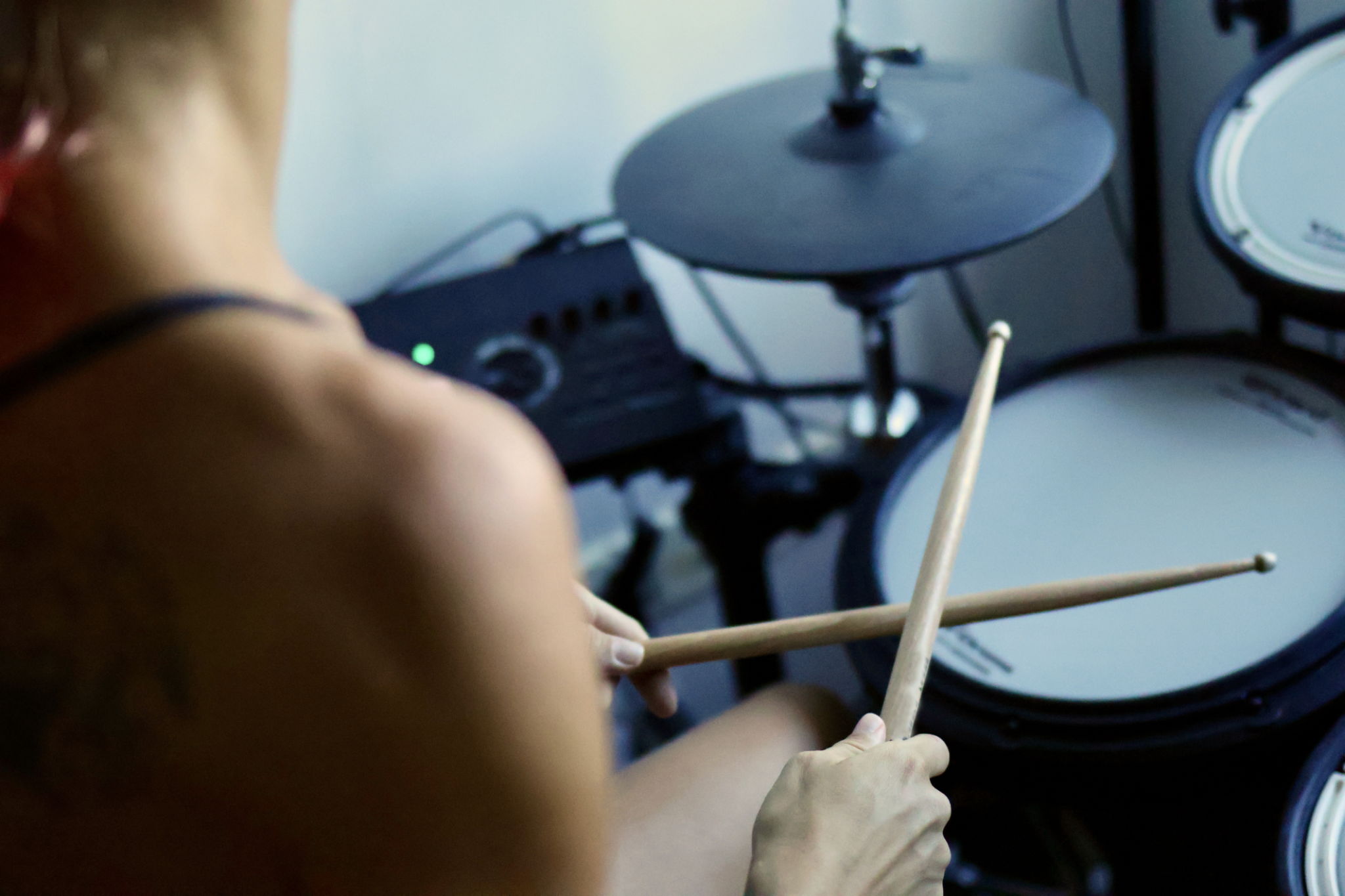Mastering Jazz Drumming: A Beginner's Guide to Rhythm and Groove
Understanding the Basics of Jazz Drumming
Jazz drumming is an art that blends rhythm, creativity, and technical skill. As a beginner, it's essential to first understand the fundamental elements that form the foundation of jazz drumming. These elements include rhythm, groove, and the unique swing feel that defines jazz music. Before diving into complex techniques, take time to familiarize yourself with basic rhythms and patterns.

The role of a jazz drummer is to set the pace and provide a solid foundation for the band. This requires a strong sense of timing and the ability to maintain a consistent groove. Learning to read musical notation specific to drums can be incredibly beneficial for beginners, as it allows you to accurately interpret and play different rhythmic patterns.
Developing a Sense of Groove
Groove is more than just playing the right notes at the right time; it's about feeling the music and creating an infectious rhythm that makes people want to move. To develop a strong sense of groove, practice playing along with recordings of jazz standards. Pay attention to how professional drummers interact with other instruments and how they use dynamics and accents to enhance the music.
Additionally, working with a metronome can significantly improve your timing and consistency. Start by practicing simple beats at a slow tempo and gradually increase the speed as you become more comfortable. This will help you internalize different tempos and improve your ability to stay in time with the band.
Essential Techniques for Jazz Drumming
Jazz drumming involves a variety of techniques that allow for greater expression and creativity. One of the most important techniques is the use of brushes, which produce a softer sound and add texture to your playing. Learning to use brushes effectively can open up new possibilities for your drumming style.

Another crucial technique is mastering the ride cymbal pattern. This pattern is a staple of jazz drumming and serves as the backbone of many jazz tunes. Practicing this pattern with different accents and variations will enhance your ability to play more complex rhythms.
Improvisation and Creativity
Improvisation is at the heart of jazz music, allowing musicians to express themselves freely and create unique performances every time they play. As a jazz drummer, developing your improvisational skills is essential. Begin by experimenting with different rhythmic variations and fills during practice sessions. Listen to how legendary drummers like Max Roach and Art Blakey incorporate improvisation into their playing for inspiration.
Remember, improvisation is not just about flashy solos; it's about contributing to the overall sound of the band and responding to what other musicians are doing. Practice playing with other musicians as much as possible, as this will help you learn how to listen and react in real-time.

The Importance of Practice and Patience
Mastering jazz drumming takes time, dedication, and patience. It's important to establish a regular practice routine that includes warm-ups, technique exercises, and playing along with recordings. Set realistic goals for yourself and track your progress over time. Celebrate small victories along the way to stay motivated.
Finally, remember that learning jazz drumming is a lifelong journey. There will always be new techniques to learn and new styles to explore. Stay curious, keep listening to different jazz artists, and continue to challenge yourself as you grow as a drummer.
